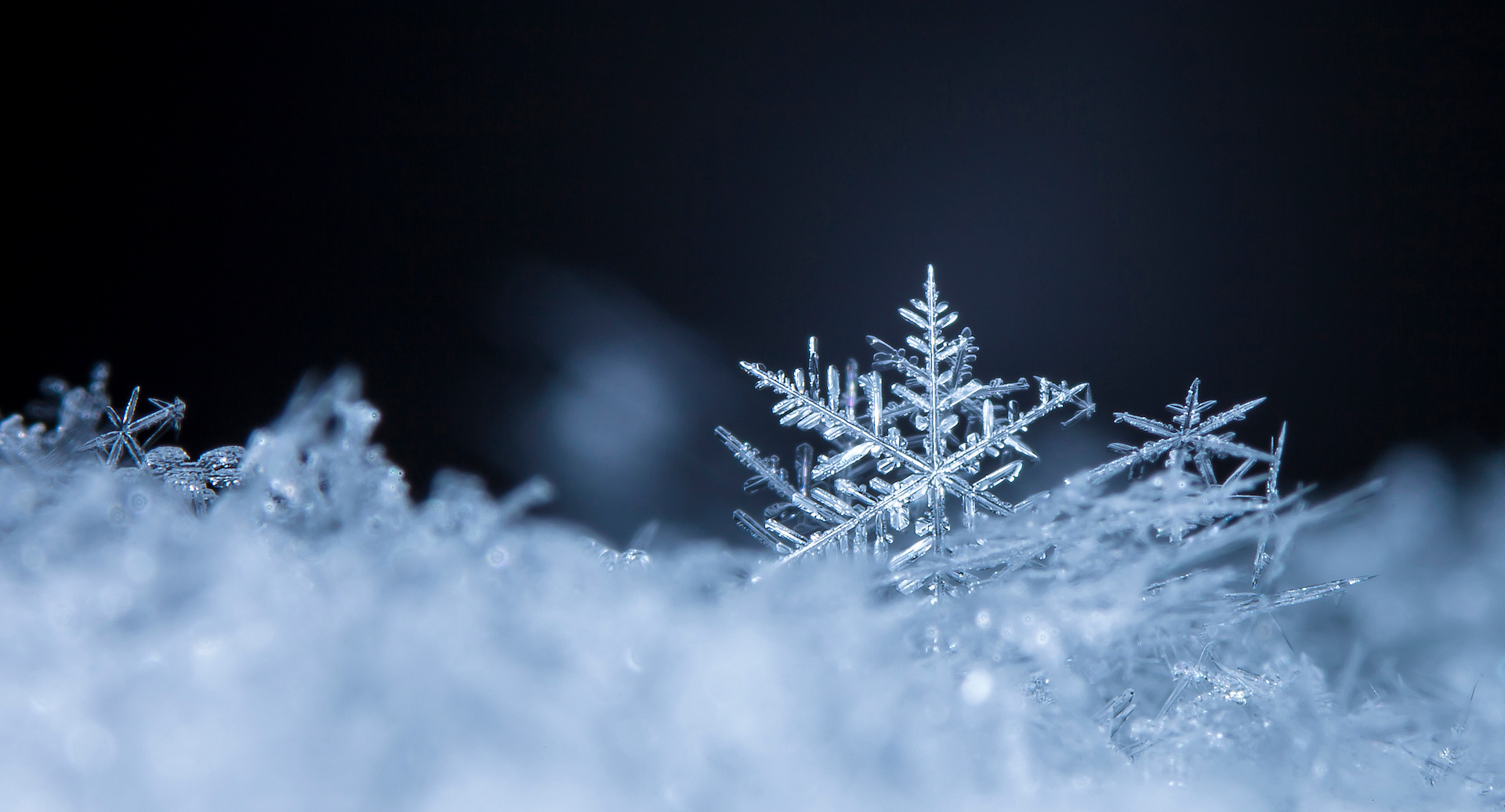
Case Study
AI Model in Freeze-Casting for Bioinspired Porous Materials
While freeze-casting for bioinspired porous materials holds immense real-world application potential, the process, from design to fabrication, is complex and fraught with uncertainties. Assistant Professor Chi-Hua Yu of the Department of Engineering Science at National Cheng Kung University has led a research team that successfully used deep learning models to predict the generative process and design the ice crystal structure in freeze-casting. Published in Advanced Science in May, this research not only minimizes the labor and time costs involved in the design and fabrication process but also enhances the success rate, paving the way for innovative material design.
According to Assistant Professor Chi-Hua Yu, freeze-casting is a burgeoning technique for fabricating bioinspired porous materials. The formation of the ice crystal structure is crucial to these porous materials’ structure. Freeze-casting can be utilized to create biomaterials such as biomedical bone and materials for oil and water filtration, air filtration, among other environmental applications. However, designing the conditions for ice crystal growth has been laborious and time-consuming, with numerous variables significantly increasing design complexity.
Numerous research teams worldwide have delved into research related to artificial intelligence for freeze-casting. However, most of these studies are focused on predicting dendrite evolution, providing various conditions such as temperature and speed to anticipate the outcome of ice crystal structure formation. Chi-Hua Yu’s team not only employs deep learning to predict the evolution structure but also applies reinforcement learning to impart the model with the ability to design by inputting specific target properties of the ice crystal. The model can then devise various simulation conditions to meet the “target”.
The “prediction + design” artificial intelligence model was independently developed by Chi-Hua Yu and his team. According to Yu, the model drastically speeds up the ice crystal structure design process. Generally, it takes at least 5 hours for experienced designers to plan an ice crystal structure growth trend. Conversely, the artificial intelligence model can complete such tasks in just 2 to 3 minutes. As for computation costs, traditional simulation methods can take up to 2 minutes for a single simulation trial, while artificial intelligence takes only 2 seconds per inference, which is 300,000 times faster.
The research team led by Assistant Professor Chi-Hua Yu comprises Ph.D. candidate Bor-Yann Tseng, research assistant Chen-Wei Guo, and master’s graduate Yu-Chen Chien. It took the team one year to complete this research, facing many challenges during this period. A significant challenge was the absence of an existing AI model framework to apply to the problem. They developed a new framework and designed algorithms to fulfill the research requirements. Another challenge was to effectively integrate and adjust related parameters to control the structure. Through the team’s perseverance, these problems were successively resolved.
Assistant Professor Chi-Hua Yu stated that he would continue to lead his team to explore the application of artificial intelligence in material science and pursue advancements in this field. Currently, the porous structures of bioinspired porous materials all grow in the same direction. It would be valuable to investigate different directions of pore structure generation and consider the additive materials in the solution.
Advance Science is a highly influential journal that covers research in materials science, physics, chemistry, medical and life sciences, and engineering.